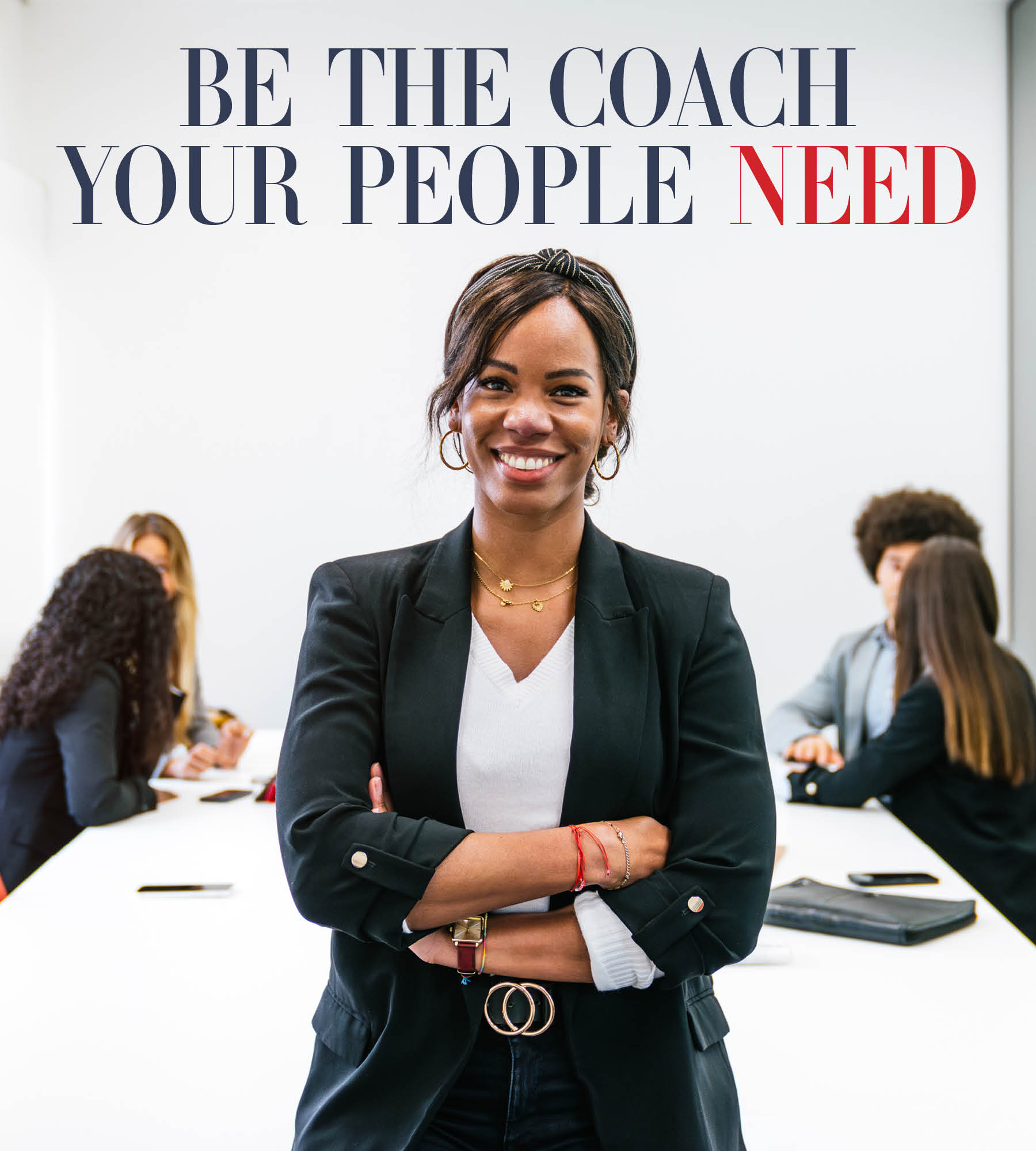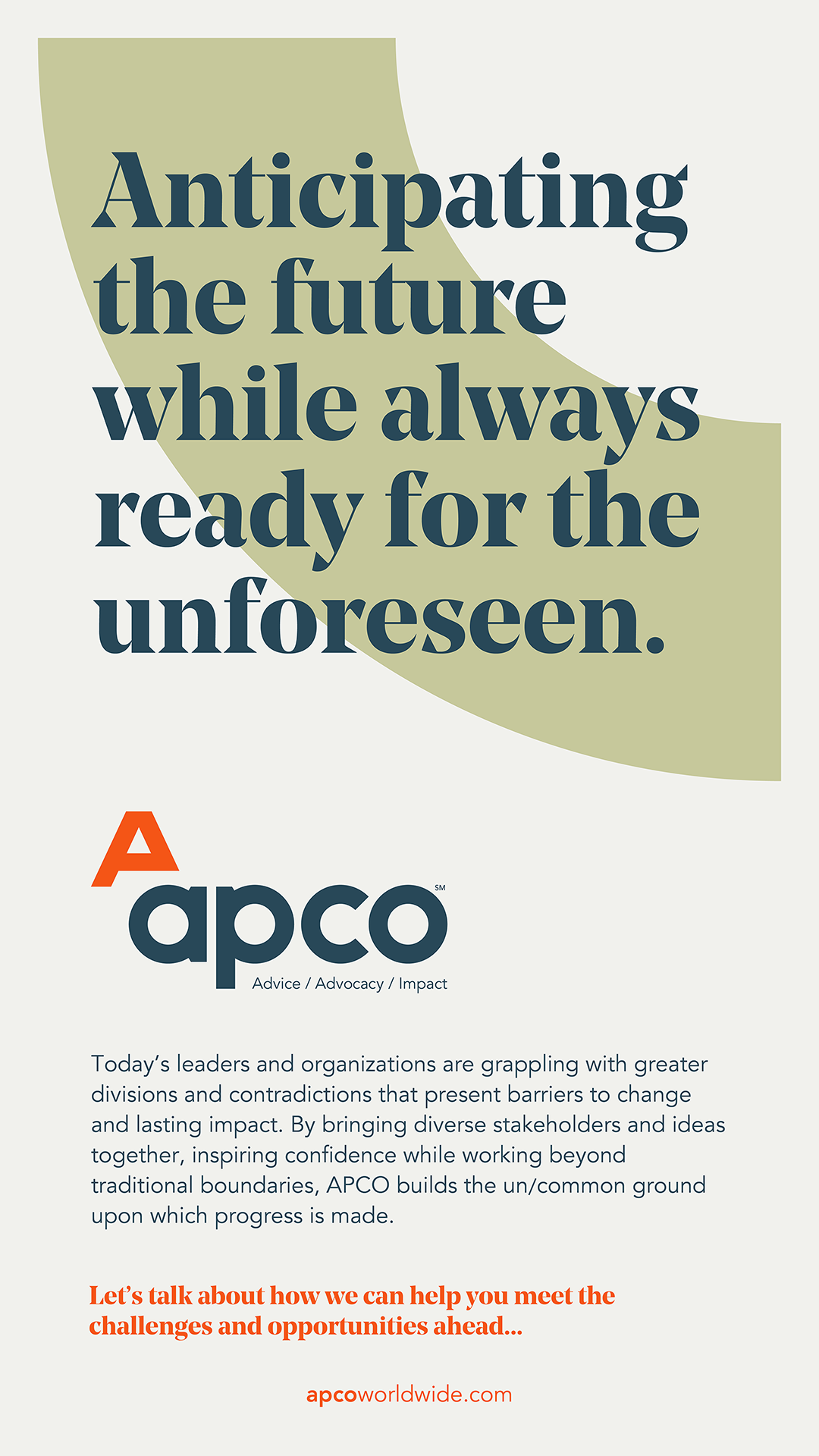Language
You can read the magazine in one of the following languages
Geolocation
You can read the global content or the content from your region

On a hot Dubai afternoon a few years ago, Ashley Ross, Head Coach of the International Cricket Council Academy, led 30 coaches onto a beautifully manicured oval. It was the opening of the Global Coaches Program. Instead of the anticipated speech, he divided them into groups of three and gave each group a medicine ball and a few plastic cups.
“Please place a cup on the oval 50 meters away from the medicine ball,” he instructed them.
He then asked each group to nominate one person as coach, one as a player, and the other to use their phone to video the coaching.
“Players, your objective is to crush the cup by landing the medicine ball on top of the cup in the fewest possible throws. You can’t walk with the ball, you must do it safely and you have a coach to help you. Everything the coach does including instructions, feedback and tone will be videoed,” he said.

By defining performance, building trust through partnerships and creating a loop-and-learn structure, you can better support, guide and challenge your team members.
That was it. No other instructions. Suddenly, coaches sprang into action. Some picked up a medicine ball and demonstrated throwing techniques, others asked players about their plans and still others stood back and wondered what this was all about.
Twenty minutes later, there were many crushed cups, lots of laughter and some remarkable videos of diverse coaching styles. Fast-forward a week to the end of the program and everyone was watching a crush-the-cup video and critiquing their coaching approach.
Among much embarrassment, one universal theme emerged, best described by an experienced Sri Lankan coach. “I think we’ve switched from thinking that a coach has to have all the answers to seeing our purpose is to unlock the potential in the player,” he said.

Three differences in mindset and behaviors distinguish the traditional role of coach from this new approach, and they offer a guide for advantage leaders in how to strengthen coaching skills and impact:

Underpinning the shift toward relationship, curiosity and adaptability are three fundamental coaching principles seen in the habits of effective coaches.
Underpinning the shift toward relationship, curiosity and adaptability are three fundamental coaching principles seen in the habits of effective coaches
1. Put People First
SEEK was rated as Australia’s Best Place to Work in 2021, so these words from CFO Kate Koch are no surprise. “My core job is to be available to support my team and ensure that they have the resources they need to succeed,” she says. “I have learned to be more ruthless in delegating tasks to which I personally can add little value and changing my mindset about these interactions.
“By empowering and supporting my team, they are more motivated to get things done and we get a better outcome.”

Putting people first seems an obvious strategy, because employees who feel valued, heard and supported are more likely to be committed and engaged. So why do many leaders and organizations put people second or last? Sometimes it’s lack of awareness or skills; the pressure to deliver on targets often drives leaders to prioritize tasks over people; or a belief this approach will not lead to better outcomes.
The people-first choice is exactly that, a choice. It doesn’t so much require a new tool as an awareness of your current leadership style and willingness to experiment with new behaviors.
2. Make Vulnerability a Strength
Vulnerability for a leader is the readiness to openly and authentically share personal experiences and emotions with others. This goes right to the heart of shedding protective and defensive behavior. It helps to build authentic and genuine connections and relationships, and creates a safe and supportive environment. That’s fertile ground for the openness and risk-taking needed to tackle tough problems and learn together.
Advantage leaders demonstrate seven distinct signs of vulnerability, each underpinned by emotional openness:
3. Reimagine Performance Conversations
While organizations invest extraordinary amounts of time and money on performance management systems, the reality is that the tools and associated methods are built on principles and assumptions from the industrial age, and are certainly not attuned with people first or make vulnerability a strength.
The feedback cycle times are too slow, the process reinforces hierarchical status, and the support tools tend to overly prioritize individual performance while missing other important aspects such as wellbeing and teamwork.
‘Performance partnering’ doesn’t alter the organization’s performance management process, but instead focuses on equipping leaders with practical tools to transform those conversations:
Performance partnering is a powerful tool for establishing and sustaining a coaching relationship with your team members. By defining performance, building trust through partnerships and creating a loop-and-learn structure, you can better support, guide and challenge your team members.

Graham Winter
Contributor Collective Member
Graham Winter, co-author of ‘Toolkit for Turbulence’, is the bestselling author of ‘Think One Team’, Founder of Think One Team Consulting and has been chief psychologist for three Australian Olympic teams. For more information visit https://www.thinkoneteam.com/